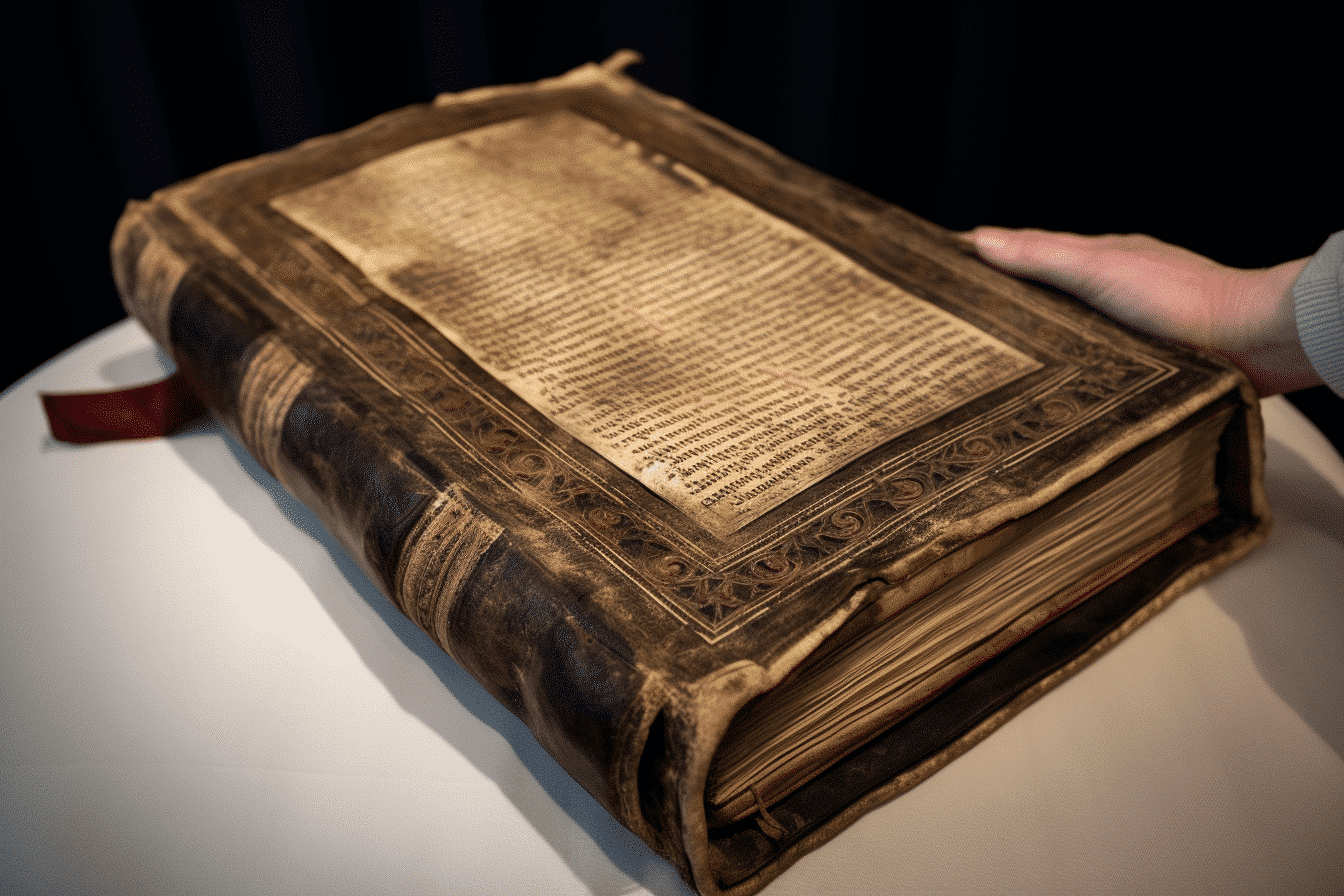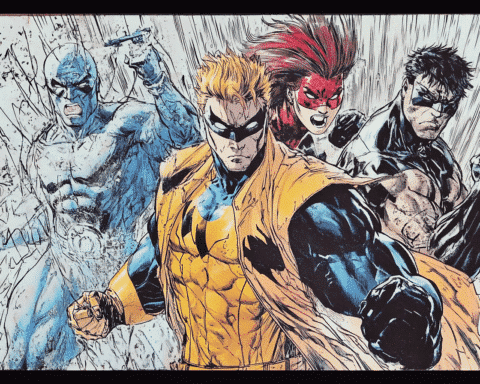The Codex Sassoon, a Hebrew Bible dating back over a millennium, has set a new record as the priciest manuscript ever auctioned. Noted as “one of the most vital and unique texts in human history,” this ancient Bible holds significant historical and religious importance.
Sold at Sotheby’s in New York on Wednesday, the late 9th or early 10th-century Codex Sassoon fetched a staggering $38.1 million. It is recognized as the earliest and most complete Hebrew Bible. Leonardo da Vinci’s Codex Leicester was the previous record holder for manuscript sales, which sold for $30.8 million in 1994.
Despite being auctioned for a massive sum, the Codex Sassoon did not reach its estimated price of $50 million. The manuscript was exhibited in the UK and Israel before the sale.
Ahead of the auction, Sotheby’s senior Judaica specialist Sharon Mintz described it as “the most significant document ever to come to auction.” The Hebrew Bible is foundational in the three Abrahamic religions: Judaism, Christianity, and Islam.
Although scholars have long known of the codex, named after famed Judaica collector David Sassoon (1880-1942), it has primarily stayed hidden from the public, as per a Sotheby’s press release.
The Codex Sassoon, containing 792 parchment pages made from animal skins and weighing around 26.5 pounds, is a “luxurious work only the richest could have commissioned,” according to Mintz.
Mintz added that the previous manuscript owner bought the codex in 1989 and expressed great joy in sharing it with the world.
The Codex Sassoon is the Hebrew Bible’s inaugural codex or book-form manuscript. Before its creation, biblical texts only existed in scroll form, now known as the Dead Sea Scrolls, lacking verses, chapters, and punctuation.
The Hebrew Bible relied on an oral tradition passed down over generations for comprehension and preservation. Only two 10th-century codices comprising almost the entire Hebrew Bible are known – this document and the Aleppo Codex. The latter suffered severe fire damage in 1947, leaving just 295 of the original 487 pages intact. The Sassoon codex, missing only 12 pages, is “thus the earliest, most complete copy of the Hebrew Bible extant,” as per Sotheby’s.
Sotheby’s global head of books and manuscripts, Richard Austin, said, “The Codex Sassoon has long held a venerated and legendary status among extant historical manuscripts, unquestionably standing as one of the most pivotal and individual texts in human history.”
The codex’s handwritten annotations and inscriptions, added over centuries, highlight its historical significance and hint at its journey. One 11th-century entry mentions a sale by Khalaf ben Abraham to Isaac ben Ezekiel al-Attar, whose sons inherited it. The 13th century saw the codex dedicated to the Makisin synagogue in present-day Markada, northeastern Syria.
The codex, likely rebound at this point, was inscribed with “consecrated to the Lord God of Israel to the synagogue of Makisin.” When Makisin was later destroyed, community member Salama bin Abi al-Fakhr pledged to return the codex if the synagogue was rebuilt.
However, the synagogue was never rebuilt, and the codex continued its journey until David Sassoon acquired it in 1929.
The record-breaking sale of the Codex Sassoon showcases its monetary worth and its invaluable historical and religious significance. As one of the earliest and most complete Hebrew Bibles, it provides a crucial touchstone for understanding the religious traditions of Judaism, Christianity, and Islam. The Codex Sassoon’s journey, from its creation in the late 9th or early 10th century to its acquisition by a dedicated collector in the 20th century, is a testament to its enduring importance. It’s a journey that has now found a significant milestone in the hands of a new custodian, courtesy of a record-breaking auction at Sotheby’s.




